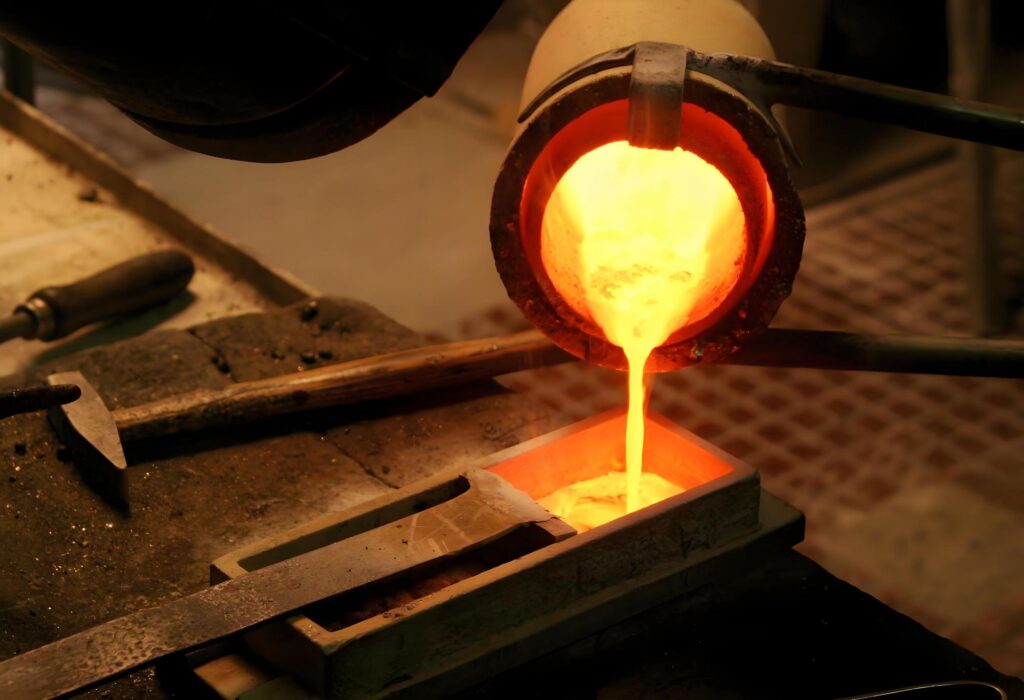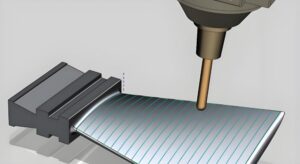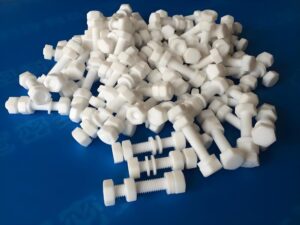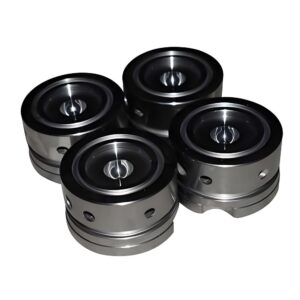At Precionn, precision and material expertise define everything we do. In machining, understanding how materials behave under heat is just as important as cutting accuracy or tool performance. One of the key thermal properties that governs steel’s behavior is its melting point — a factor that determines how the metal performs during processes like forging, welding, casting, and high-speed machining.
In this article, we explore the melting point of steel, how it varies among alloys, and why this knowledge is essential for manufacturers and engineers who demand reliability and performance.
What Is the Melting Point of Steel?
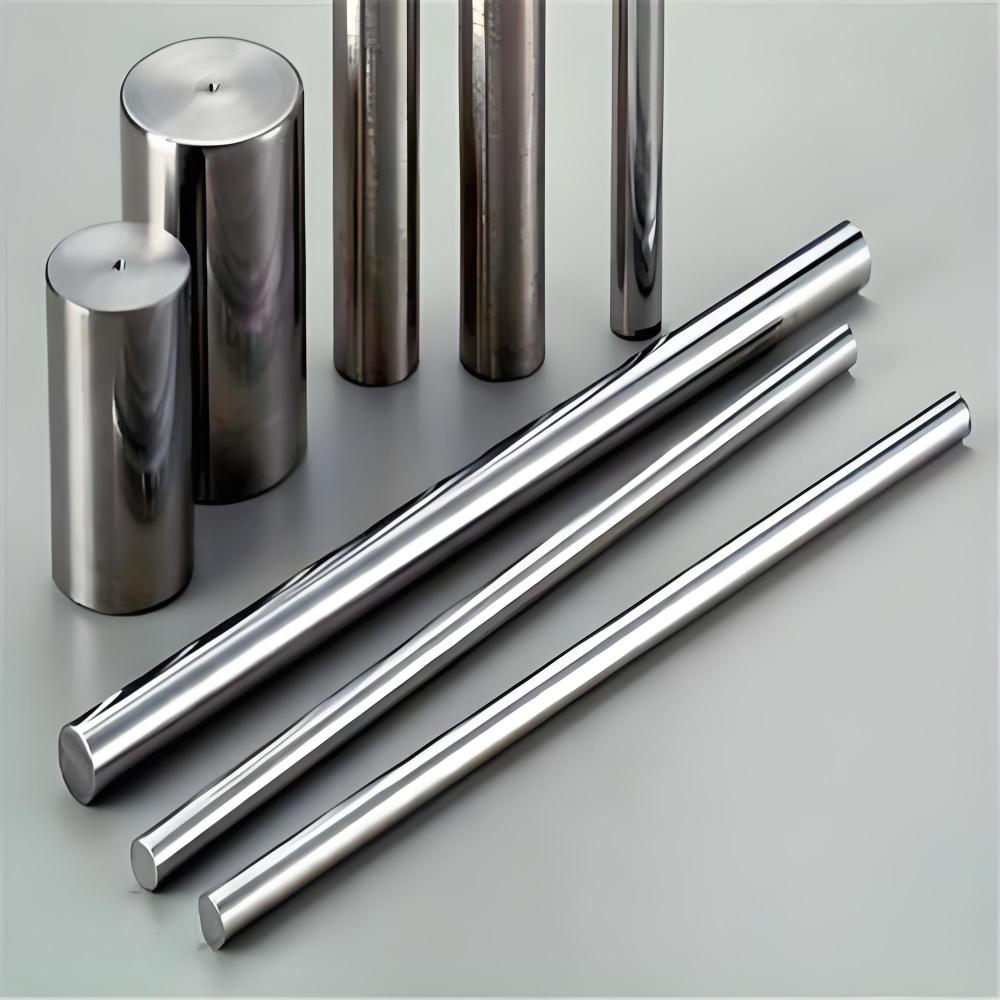
The melting point of steel refers to the temperature at which the metal transitions from a solid to a liquid state. Unlike pure metals such as iron, steel is an alloy — primarily a mix of iron and carbon, with optional elements like chromium, nickel, or molybdenum added to enhance performance.
Because of this alloyed nature, steel doesn’t have one exact melting point but rather a melting range, generally between 2,500°F and 2,800°F (1,370°C–1,540°C). The exact temperature depends on the steel’s carbon content and alloy composition.
- Low-carbon (mild) steel tends to melt toward the higher end of this range.
- High-carbon steel melts slightly lower due to the carbon weakening the metallic lattice.
- Stainless steel, which contains chromium and nickel, often melts between 2,550°F and 2,750°F (1,400°C–1,510°C).
Understanding where a steel grade begins to melt is vital for ensuring stability during machining, heat treatment, and welding — where temperatures can approach several hundred degrees Celsius.
Why the Melting Point of Steel Matters
In manufacturing and engineering, the melting temperature of steel is far more than a lab statistic — it’s a key determinant of safety, efficiency, and product quality.
If a component or tool experiences temperatures approaching the steel’s melting range, even without fully melting, it can soften, lose its shape, or suffer microstructural damage.
For example:
- In machining, excessive heat from friction can reduce tool life and affect dimensional accuracy.
- In welding, precise control near the melting point is necessary to achieve strong, uniform joints.
- In forging and casting, operating too close to the melting temperature risks deforming or weakening the material.
By knowing the melting range of steel alloys, engineers can select appropriate materials, control process temperatures, and prevent thermal failure in demanding environments like aerospace, automotive, and heavy construction.
How the Melting Point of Steel Is Determine
The melting temperature of steel can be measured using several high-precision techniques, each offering insights into how the material behaves under heat.
- Differential Scanning Calorimetry (DSC): Tracks how much heat energy is absorbed or released as the steel heats up, identifying exact phase transitions.
- Thermogravimetric Analysis (TGA): Monitors weight changes during heating to detect melting or oxidation.
- Optical and Infrared Pyrometry: Non-contact methods used in industrial settings to measure real-time surface temperatures at extreme heat levels.
At Precionn, our engineers rely on certified data and empirical testing for each steel grade we machine. This ensures we work with precise, verified thermal data rather than assumptions — a crucial factor for precision machining and heat-intensive manufacturing.
Typical Melting Points by Steel Type
| Steel Type | Approx. Melting Range | Notes |
|---|---|---|
| Carbon Steel | 2,500°F–2,700°F (1,370°C–1,480°C) | Common in general machining; melting varies by carbon content. |
| Stainless Steel (304/316) | 2,550°F–2,750°F (1,400°C–1,510°C) | Chromium and nickel raise corrosion resistance and slightly increase melting temperature. |
| Tool Steel | 2,500°F–2,600°F (1,370°C–1,427°C) | Alloyed with tungsten or vanadium for hardness and wear resistance. |
| Alloy Steel | 2,500°F–2,800°F (1,370°C–1,540°C) | Melting range depends on alloy mix; used in high-performance parts. |
Each type behaves differently under heat, so temperature management becomes a defining aspect of successful machining or fabrication.
Factors That Influence Steel’s Melting Point
Several factors can subtly shift the melting point of steel:
- Alloy Composition: The balance of iron, carbon, and alloying elements (chromium, nickel, molybdenum, etc.) directly determines melting behavior.
- Impurities: Trace elements like sulfur or phosphorus can lower melting points and affect strength.
- Microstructure and Heat Treatment: Processes like quenching or annealing alter the crystalline structure, influencing how steel responds to heat, even if the melting point itself stays constant.
- Environmental Conditions: Exposure to oxygen or other reactive gases can cause oxidation or surface degradation before the actual melting point is reached.
At Precionn, our controlled machining environments and advanced cooling systems are designed to manage these variables, ensuring precision and consistent material performance.
Can the Melting Point of Steel Be Increased?
While you can’t fundamentally change the physics of a given steel grade, there are methods to enhance thermal resistance and delay the onset of melting or softening:
- Alloying with high-melting-point elements like tungsten, molybdenum, or chromium.
- Refining processes such as vacuum arc remelting (VAR), which remove impurities.
- Heat-resistant coatings, like ceramic or refractory layers, that protect steel surfaces.
- Optimized heat treatment to improve structural stability near high temperatures.
These techniques are especially valuable in sectors like aerospace, power generation, and precision machining, where even small thermal fluctuations can impact performance.
Applications in Machining and Manufacturing
In the world of precision machining, understanding the steel melting temperature is key to controlling friction, tool wear, and dimensional stability.
CNC Machining
During CNC milling or turning, cutting tools generate significant localized heat. If the steel workpiece or tool approaches its softening point, accuracy and surface finish suffer.
At Precionn, we optimize parameters — spindle speed, feed rate, and coolant delivery — to keep temperatures well below the steel’s melting threshold. This ensures tight tolerances, extended tool life, and consistent finishes across production runs.
Welding and Fabrication
Welding processes like MIG and TIG rely on precisely reaching the melting point to fuse metals. Carbon steel welds at roughly 2,600°F (1,427°C), while stainless steel requires slightly higher temperatures. Controlling heat input prevents burn-through, warping, and metallurgical weaknesses in the heat-affected zone.
Forging and Forming
In forging, steel is heated to just below its melting range — typically 1,800°F to 2,300°F (982°C–1,260°C) — to allow shaping without compromising structure. Knowing the melting temperature ensures optimal ductility and prevents overheating that can lead to defects.
Additive Manufacturing
In metal 3D printing, techniques like Selective Laser Melting (SLM) use high-energy lasers to melt steel powder layer by layer. The laser intensity must be tuned to reach — but not exceed — the alloy’s melting point, ensuring clean fusions and strong mechanical properties.
Tool and Die Production
For cutting tools, dies, and molds, tool steels with high melting points and heat resistance (around 2,500°F [1,370°C]) are preferred. These grades retain hardness under repeated thermal cycling, critical for long production runs.

Safety and Thermal Control
Handling steel at high temperatures demands strict safety protocols. Without proper cooling, shielding, or monitoring, overheating can cause equipment failure or safety hazards. Precionn implements real-time temperature monitoring systems, advanced cooling fluids, and controlled atmospheres to maintain safety while preserving steel quality.
Conclusion
The melting point of steel is one of the most fundamental — yet often overlooked — aspects of material science in modern manufacturing. It defines how steel behaves under stress, how it welds, and how it machines.
At Precionn, we integrate this understanding into every process — from CNC machining and forging to heat treatment and additive manufacturing — ensuring every part we deliver performs precisely as engineered.
Whether you’re developing components for aerospace, automotive, or industrial applications, knowing how steel responds to heat is key to unlocking performance, reliability, and longevity.

